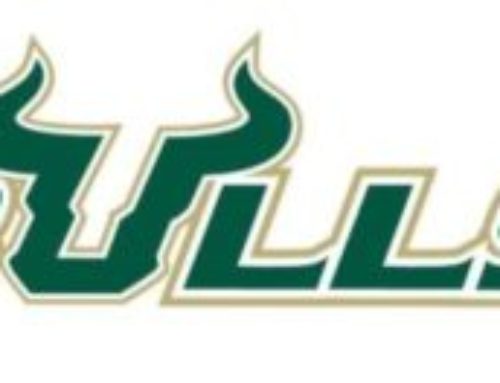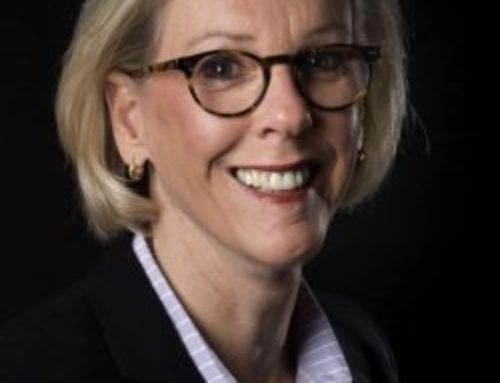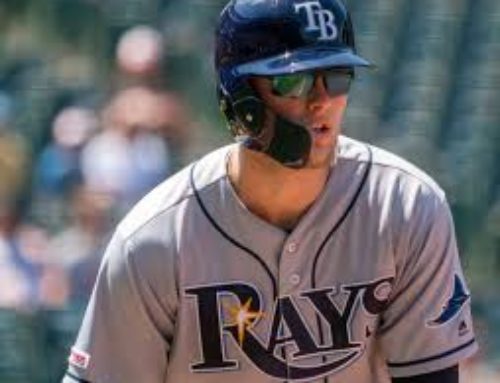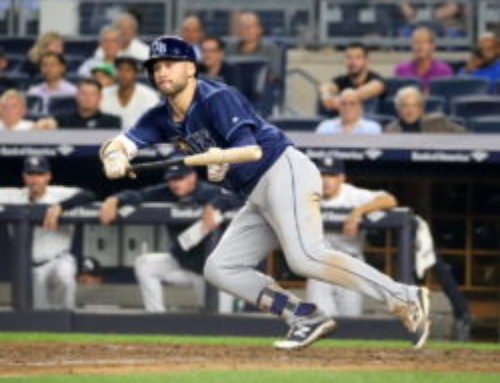“It’s Len Bias. He passed out. His body is shaking. You have to get here fast. There’s no way he can die. Seriously, sir, please come quick.”
— BRIAN TRIBBLE
Friend of Bias, speaking on a 9-1-1 call from the University of Maryland’s Washington Hall, June 19, 1986.
By JOEY JOHNSTON
The Tampa Tribune
(c) Tampa Bay Times. Originally published June 19, 2006.
Sportswriters often described Len Bias’ heart in warrior-like tones, suggesting a quality that transformed him into an All-American basketball star at Maryland, a two-time ACC player of the year. Maybe it was an overriding reason why the Boston Celtics made him the NBA’s No.2 overall draft pick in 1986.
Two days later at dawn, with riches and fame seemingly at his feet, Bias was lying unconscious in his dormitory suite when paramedics arrived. The celebration party with some buddies took a tragic turn. He was rushed to Leland Memorial Hospital, but couldn’t be revived. He was 22.
Toxicologists concluded that Bias’ heart literally exploded from a massive drug overdose. Cause of death: Cocaine intoxication.
That was 20 years ago.
“Until Len Bias’ death, our society was still calling cocaine a recreational drug,” said Richard Lapchick, president and CEO of the National Consortium of Academics and Sport at the University of Central Florida. “Many people didn’t seem to view [using cocaine] as a risk, but then things changed.
“It was a seminal moment in this country. And because this was an athlete with such a physical presence, the news seemed particularly earth-shattering.”
Long before performance-enhancing drugs became part of our daily headlines, the Len Bias episode marked the death of naivete.
Eventually, Maryland coach Lefty Driesell was forced out after academic shortcomings were exposed during an investigation prompted by Bias’ death. The Celtics got older, then slowly unraveled.
Tribble, acquitted on charges of supplying drugs to Bias, was convicted on cocaine-distribution charges in an unrelated 1993 case and sentenced to 10 years in federal prison.
Everyone else, it seems, has a story.
“It’s the cruelest thing I’ve ever heard.” – Larry Bird, June 19, 1986.
Bias, a 6-foot-8, 225-pound forward whose domination was sometimes compared to Michael Jordan’s skill, shockingly did not warrant the draft’s No.1 pick.
Instead, the Philadelphia 76ers took North Carolina center Brad Daugherty, leaving Bias for the Celtics, who had just won the franchise’s 16th NBA championship (the No.2 pick had been acquired in a trade with Seattle).
The 76ers never brought in Bias for a cursory pre-draft interview or a workout. Orlando Magic senior vice president Pat Williams, in his final days as Philadelphia’s general manager, remembers conferring with Jack McMahon, the 76ers’ director of player personnel, who scouted Bias.
“Jack kept telling me, ‘There’s something about him I don’t like,’ ” Williams said. “‘Something that worries me. Something that scares me.'”
After the draft, Williams resigned to become point man for Orlando’s pursuit of an NBA expansion franchise. Five minutes before strolling into a 10 a.m. news conference, Williams was flagged down by a television reporter.
“Pat, did you hear the news about Len Bias?”
“News? What news?”
“He’s dead.”
Twenty years later, Williams recalled his initial thought.
“The words of Jack McMahon,” he said. “Oh my gosh.”
Danny Ainge, former Celtics guard, remembers waking up in a great mood. Boston was still buzzing over the Celtics’ title. Now the team’s frontcourt – Bird, Kevin McHale and Robert Parish – seemingly added a star-in-waiting.
The night before, Ainge attended a Reebok party in Boston, where he met Bias. The rookie, set to sign a five-year, $1.6 million endorsement contract with the shoe company, then headed back to Maryland with his father.
Ainge, on his way for a morning round of golf, stopped at a gas station. The attendant recognized him.
“Did you hear that Len Bias died?”
Ainge was incredulous.
“I’m like, ‘Yeah, right. No way. I was just with the guy a few hours ago,’ ” said Ainge, now the Celtics’ director of basketball operations.
He made a telephone call.
“Len was gone,” Ainge said.
“Lenny is being used by God to save a generation. Tonight, the children mourn. Let us hope they learn.” – Rev. Jesse Jackson during a 1986 memorial service for Bias, which was attended by 11,000 people at Cole Field House.
Rory Sparrow, then a guard with the New York Knicks, wondered how the NBA champion Celtics – of all teams – could wind up with a potential star like Bias?
Instead, Bias became the symbol of a 1986 draft class that included Chris Washburn, William Bedford and Roy Tarpley, whose careers were derailed by substance abuse.
“You go from all that promise to [Bias] not even being here,” said Sparrow, now the NBA’s director of player development. “It blows your mind. What does it all mean?”
Lonise Bias, mother of the late basketball star, said she finally found the meaning.
“If I placed blame and pointed fingers, I would not be where I am today,” she said. “I would be in a local mental hospital somewhere or standing up at Len’s grave crying, saying ‘What happened to my life?’ “
Instead, as she puts it, “I believe that Len died so others could live.”
For nearly 20 years, Lonise Bias has served as a motivational speaker, traveling widely, crusading against drug use and imploring parental involvement in their children’s lives. She delivers the message with dynamic authority.
“[Many people have told me] the day Len Bias died, they stopped using cocaine,” said Lonise Bias, who buried another son in 1990 after a drive-by shooting.
The shock has long worn off, though. Today’s senior college players were toddlers when Bias died.
“I would argue that most kids today have never heard of Len Bias,” Williams said. “We’ve got to make sure they know the message.”
“There have been two opposing players in my time at Duke who really stood out: Michael Jordan and Len Bias.” – Duke coach Mike Krzyzewski in a 2003 interview with The Boston Globe.
Last season, Maryland basketball player Nik Caner-Medley took a history lesson. He watched game films from the 1985-86 season. He marveled at the perfect-form jumpers, the thunderous dunks.
“Len Bias was an icon,” Caner-Medley said. “So many people idolized him. It was almost like a LeBron James-type thing.”
Around Maryland’s campus, Caner-Medley said, you still can purchase a replica of Bias’ No.34 Terrapin jersey.
“I’ve even seen Celtics green Len Bias throwback jerseys,” Caner-Medley said.
How great could Bias have become? No one will know.
“People will talk about all that was lost,” Lonise Bias said. “The way I see it, had Len lived, he would have entertained you [in basketball]. But in death, he has brought life.”
That message hasn’t been heeded universally. Dwight Gooden didn’t listen. Neither did Dexter Manley or Josh Hamilton.
Other lives were changed, though, so Bias’ enduring impact won’t be found in a game film. The most meaningful numbers can be spotted at a cemetery in Suitland, Md. It’s a cautionary tale of a physically gifted elite athlete who wasn’t immortal, a reminder that one poor decision can ripple even two decades later.
Leonard Kevin Bias, b. Nov. 18, 1963, d. June 19, 1986.





